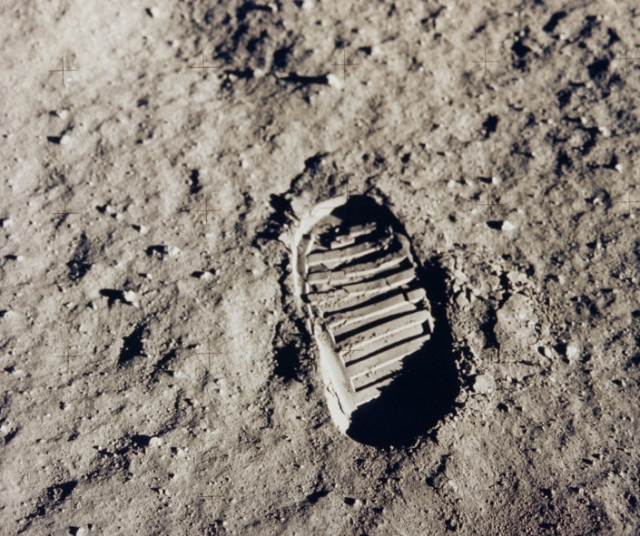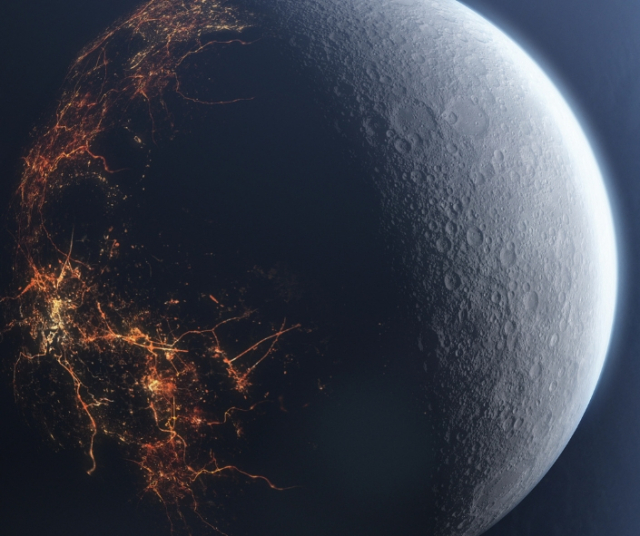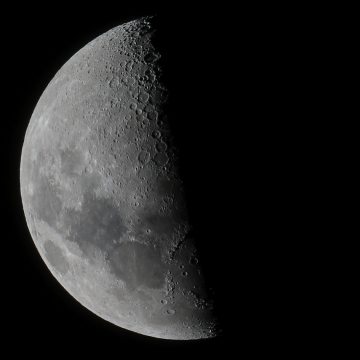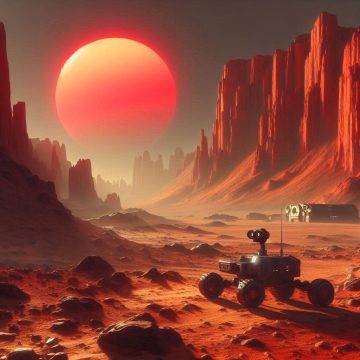The Moon, our closest celestial companion, has fascinated humanity for centuries. Although the Moon always shows us the same side from Earth due to its synchronized rotation, there is one part that remains in the shadow: the dark side of the Moon. This mysterious territory has been the subject of speculation and curiosity throughout history, but in recent decades, space exploration has shed light on this cosmic enigma. In this article, we will embark on a journey to discover what is really found on the dark side of the Moon.
The Misconception of the "Dark Side"
Before we dive into exploring the dark side of the Moon, it's crucial to address a common misunderstanding. The name "dark side" does not mean that this region is permanently in darkness. Rather, it refers to the part of the Moon that is never visible from Earth due to the synchronized rotation of our satellite. The Moon experiences day and night cycles similar to those on Earth, and all of its regions, including the dark side, experience periods of light and darkness.
Preliminary Exploration: Early Lunar Missions
For decades, the dark side of the Moon was a mystery to Earth-based observers. It was only through space missions that we began to obtain information about this enigmatic region. The Soviet Luna 3 probe was the first to provide partial images of the far side in 1959, offering an initial look at previously unknown territory.
The Far Side: Mountains, Craters and Unexplored Regions
The far side of the Moon, also known as the dark side, is characterized by rugged landscape and fascinating geology. Unlike the near side, which is home to prominent lunar maria, the far side is dotted with numerous craters, mountain ranges, and regions of rugged terrain. The lack of dark seas and extensive plains makes this region visually distinct.
South Pole-Aitken Basin: A Scientific Treasure
One of the most significant discoveries on the dark side of the Moon is the South Pole-Aitken Basin (SPA). This immense impact basin, approximately 2,500 kilometers in diameter, is one of the largest and oldest features in the solar system. Their study offers valuable information about the early history of the Moon and the impact processes that have shaped its surface.
Modern Exploration: Recent Missions and Discoveries

The modern era of lunar exploration has expanded our understanding of the dark side of the Moon in exciting ways. The National Aeronautics and Space Administration (NASA) has played a key role with missions such as the Lunar Reconnaissance Orbiter (LRO), which has mapped lunar topography in detail and provided crucial data for future exploration.
Chang'e-4: The Chinese Mission that Broke Barriers
In 2019, China made history with the Chang'e-4 mission, the first to land on the far side of the Moon. Equipped with a rover and lander, this mission explored the Von Kármán Basin at the South Pole-Aitken, providing an unprecedented view of the dark side and collecting essential data on the composition and geology of the region.
Interest in Human Exploration: Steps to the Future
Interest in human exploration of the Moon has revived in recent years, and space agencies around the world have expressed their commitment to sending astronauts to this previously unexplored region. NASA, through the Artemis program, plans to return to the Moon with manned missions, with the aim of establishing a sustainable presence and conducting advanced scientific research.
Scientific and Strategic Possibilities
The dark side of the Moon offers a unique environment for scientific research. Being away from interference from Earth's radio signals, this region is an ideal place to install radio telescopes and other cosmic observation instruments. Additionally, the lack of constant light and shade may provide a strategic location for future solar energy facilities to power future lunar missions and bases.
Technical and Logistical Challenges
Despite advances in lunar exploration, we face significant challenges when planning missions to the dark side of the Moon. Direct communication with Earth is more complicated due to the obstruction of the Moon, requiring innovative technological solutions, such as the implementation of relay satellites to establish a constant connection.
The Future of Lunar Exploration: Exciting Prospects
With ambitious projects underway, such as NASA's Artemis program and initiatives by other space agencies, the future of lunar exploration promises exciting discoveries and scientific advances. The determination to send humans to the dark side of the Moon opens the door to a new era of cosmic exploration, unraveling the mysteries this region has jealously guarded for eons.
The dark side of the Moon, once shrouded in mystery, is becoming a fascinating terrain of exploration. Thanks to pioneering space missions and advancing technology, we are unraveling the secrets of this unique region. As humanity looks to the future, the promise of establishing a human presence on the dark side of the Moon sparks imagination and curiosity, inviting us on an exciting journey into the unknown in the far reaches of space.






